Module 11 Intro and Tasks Copy
Introduction
Antibacterials and antimicrobials are substances that inhibit bacterial growth or kill bacteria and other microorganisms. Narrow-spectrum antibiotics are primarily effective against one type of organism, while broad-spectrum antibiotics are effective against more than one type of organism. Patient education is important to ensure that antibiotics are taken correctly.
Macrolides, lincosamides, vancomycin, and ketolides are broad-spectrum antibiotics and have similar effectiveness to the penicillins. The macrolides, lincosamides, and tetracyclines are primarily bacteriostatic drugs and may be bactericidal, depending on the drug dose or pathogen. Vancomycin, aminoglycosides, and fluoroquinolones are bactericidal drugs. Aminoglycosides are used for serious infections. The nurse should be aware that ototoxicity and nephrotoxicity are more serious adverse reactions to these drugs. Fluoroquinolones are effective against gram-negative and gram-positive organisms.
Sulfonamides are one of the oldest antibacterial agents used to combat infection. They may be used as an alternative drug for patients allergic to penicillin. Sulfonamides are still used to treat urinary tract and ear infections and may be used for newborn eye prophylaxis. Sulfonamides are approximately 90% effective against Escherichia coli. They are also useful in the treatment of meningococcal meningitis and against the organisms Chlamydia and Toxoplasma gondii.
Objectives
- List at least four classes of antibiotics
- Discuss the adverse effects of penicillin
- Identify drug interactions associated with the use of penicillin
- List at least three adverse effects of cephalosporins
- Discuss major use of tetracyclines
- Discuss the adverse effects of tetracyclines
- List major indications for aminoglycosides
- List the toxic effects of aminoglycosides
- Compare the uses of penicillins with those of erythromycins
- Incorporate the nursing process into the administration of antibiotics
- Evaluate the therapeutic effects of antibiotics
- Develop a teaching plan for a patient receiving antibiotics
- Describe the action of sulfonamides in inhibiting bacterial growth
- Incorporate the nursing process in administration of sulfonamides
- Discuss adverse effects of sulfonamides
- Evaluate therapeutic effects of sulfonamides
- Develop a teaching plan for a patient taking sulfonamides
Tasks
Below are the tasks associated with this module. You can access the following items by clicking the links below.
- Read / print the Unit 6 NAPNES PowerPoint.
 Loading...
Loading...
- Read / reference Chapters 29, 30 and 31 in your textbook.
- Use the Unit VI (Mod 11-12) focus points outline to take notes as you read.
[pdf id=59908]
Textbook Chapter Summaries
View the slide presentations below. You can progress to the next slide by using the arrow to move to the next slide. This serves as both a good preview and review to the content in this chapter.
 Loading...
Loading...
 Loading...
Loading...
 Loading...
Loading...
Additional Resources

